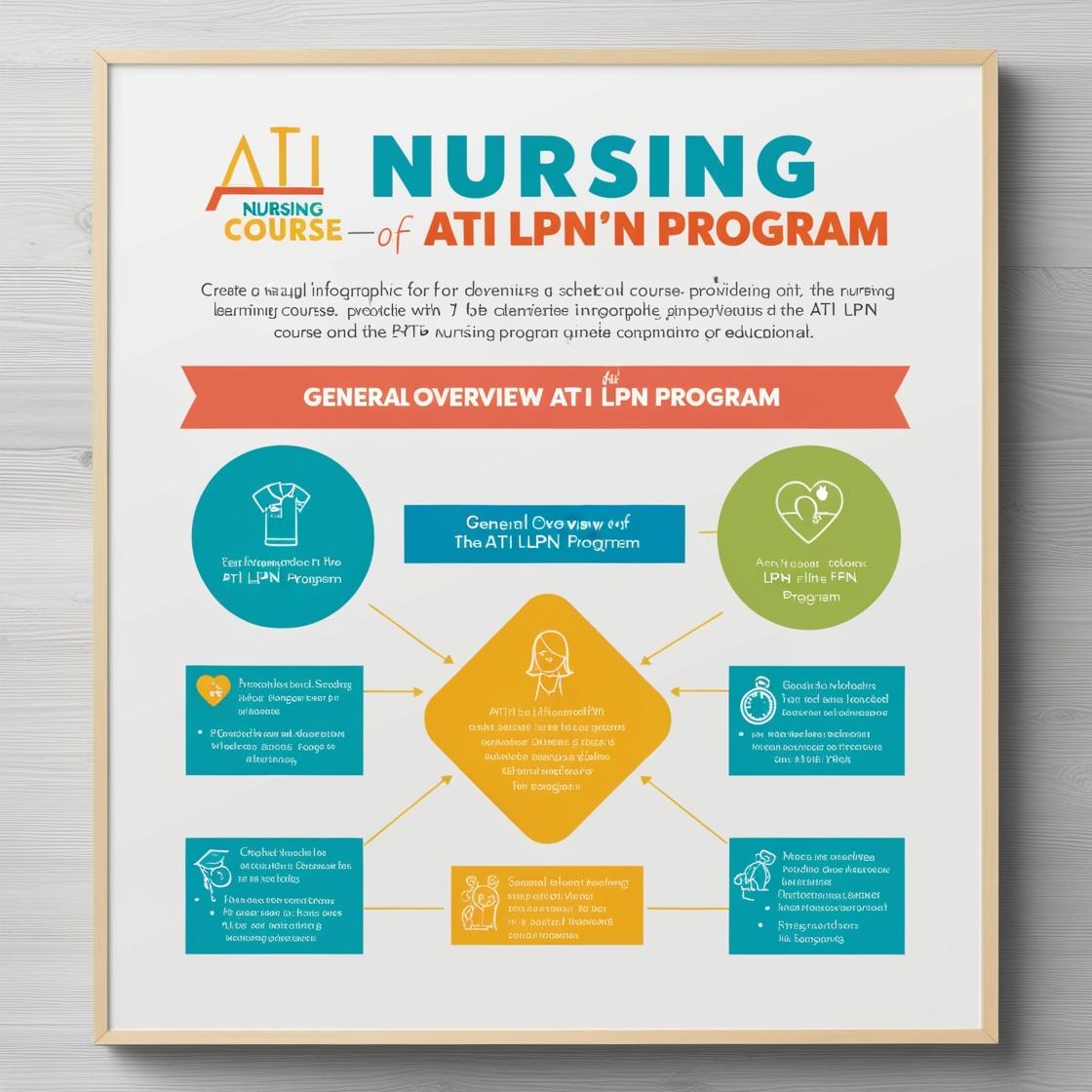LPN LPN
ATI Nutrition Proctored Exam 2019 Answers
1. What are the compounds in soy foods with estrogen-like activity examples of?
- A. Indispensable amino acids.
- B. Phytochemicals.
- C. Neurotransmitters.
- D. Metabolic by-products.
Correct answer: B
Rationale: The correct answer is B: Phytochemicals. Phytochemicals in soy foods can mimic estrogen and may have health benefits. Indispensable amino acids are essential amino acids that the body cannot produce on its own. Neurotransmitters are chemical messengers in the nervous system. Metabolic by-products are substances produced during metabolism.
2. How is the enzyme trypsin activated?
- A. By zymogen.
- B. By bile.
- C. By gastrin.
- D. By enterokinase.
Correct answer: D
Rationale: The correct answer is D: By enterokinase. Trypsin is activated by enterokinase, an enzyme secreted by the small intestine. Enterokinase plays a crucial role in converting trypsinogen into its active form, trypsin. Choices A, B, and C are incorrect because trypsin is specifically activated by enterokinase, not by zymogen, bile, or gastrin.
3. Which condition may benefit from branched chain amino acids (leucine, isoleucine, and valine)?
- A. cancer-related malnutrition
- B. marasmus
- C. cardiovascular disease
- D. severe depression
Correct answer: A
Rationale: Branched chain amino acids, such as leucine, isoleucine, and valine, are essential in preventing muscle breakdown. Therefore, they may be particularly important for a patient with cancer-related malnutrition, where maintaining muscle mass is crucial. Marasmus is a severe form of malnutrition characterized by energy deficiency, not specifically related to cancer. Cardiovascular disease and severe depression do not have a direct correlation with the need for branched chain amino acids to prevent muscle breakdown.
4. Which gastric enzyme present in infants coagulates milk?
- A. Casein.
- B. Pepsinogen.
- C. Trypsin.
- D. Rennin.
Correct answer: D
Rationale: The correct answer is D, rennin. Rennin is the enzyme in infants responsible for coagulating milk, which aids in the digestion process. Choice A, casein, is a milk protein and not an enzyme. Choices B and C, pepsinogen and trypsin, are digestive enzymes but are not specifically involved in coagulating milk in infants.
5. What is the most prevalent dietary disaccharide?
- A. Lactose
- B. Fructose
- C. Sucrose
- D. Galactose
Correct answer: C
Rationale: Sucrose is the correct answer as it is the most common disaccharide found in the diet, commonly known as table sugar. Lactose is a disaccharide found in dairy products, not as prevalent in the overall diet as sucrose. Fructose is a monosaccharide commonly found in fruits and honey, not a disaccharide. Galactose is a monosaccharide commonly found in dairy products and is not the most prevalent dietary disaccharide.
Similar Questions

Access More Features
ATI LPN Basic
$69.99/ 30 days
- 50,000 Questions with answers
- All ATI courses Coverage
- 30 days access @ $69.99
ATI LPN Premium
$149.99/ 90 days
- 50,000 Questions with answers
- All ATI courses Coverage
- 30 days access @ $149.99
